 Fred's ImageMagick Scripts
Fred's ImageMagick Scripts
Copyright © Fred Weinhaus My scripts are available free of charge for non-commercial (non-profit) use, ONLY. For use of my scripts in commercial (for-profit) environments or non-free applications, please contact me (Fred Weinhaus) for licensing arrangements. My email address is fmw at alink dot net. If you: 1) redistribute, 2) incorporate any of these scripts into other free applications or 3) reprogram them in another scripting language, then you must contact me for permission, especially if the result might be used in a commercial or for-profit environment. Usage, whether stated or not in the script, is restricted to the above licensing arrangements. It is also subject, in a subordinate manner, to the ImageMagick license, which can be found at: http://www.imagemagick.org/script/license.php Please read the Pointers For Use on my home page to properly install and customize my scripts. |
|
Extracts the edges in an image and optionally composes them with the image to create interesting effects. |
last modified: December 15, 2018
|
USAGE: edgefx [-s strength] [-c compose] [-m mix] [-N] infile outfile
-s ... strength .... edge strength (i.e. gain or intensity); float>=0; PURPOSE: To extract the edges in an image and optionally composes them with the image to create interesting effects. DESCRIPTION: EDGEFX extracts the edges in an image and optionally composes them with the image to create interesting effects. The polarity of the extracted edge may be reversed. The 8-directional sobel edge operator is used to extract the edges. ARGUMENTS: -s strength ... STRENGTH is the edge strength (i.e., gain or intensity). Values are floats>=0. The default=5. -c compose ... COMPOSE is the compose method used to combine the edge image with the original image. Most mathematical, lighting or channel IM compose methods are allowed. The default=over, which is just simple blending. -m mix ... MIX is the mix percent between compose processed edge image and the original. Mix=0 results in the original image. Mix=100 is results in the compose processed edge image. The default=100. When used with the default compose method, this produces the simple edge extracted image. -N ... NEGATE (reverses) edge polarity. REQUIREMENTS: IM 6.6.2.2 due to the use of rotated kernels in -morphology convolve. CAVEAT: No guarantee that this script will work on all platforms, nor that trapping of inconsistent parameters is complete and foolproof. Use At Your Own Risk. |
|
Example 1 -- Variation in Edge Strength |
|
|
Original |
Arguments: |

|
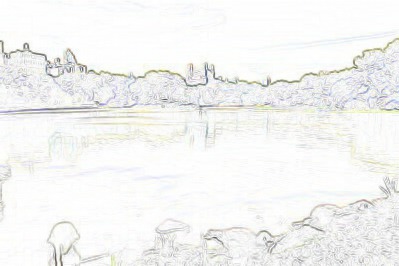
|
|
Arguments: |
Arguments: |
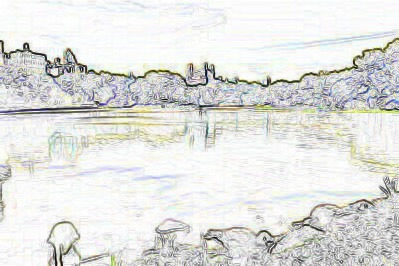
|
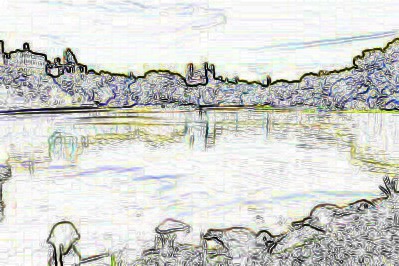
|
|
Arguments: |
Arguments: |
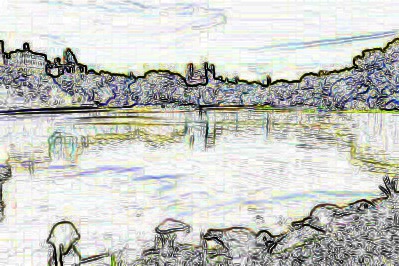
|
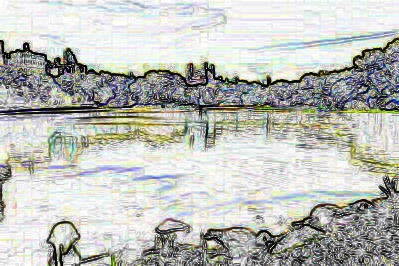
|
|
Example 2 -- Variation in Negated Edge Strength |
|
|
Original |
Arguments: |

|
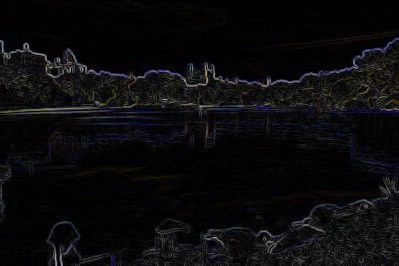
|
|
Arguments: |
Arguments: |
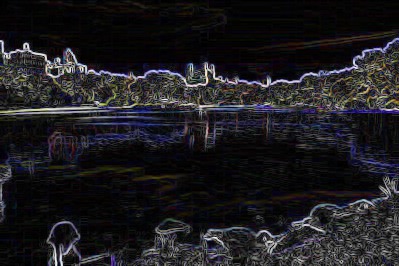
|
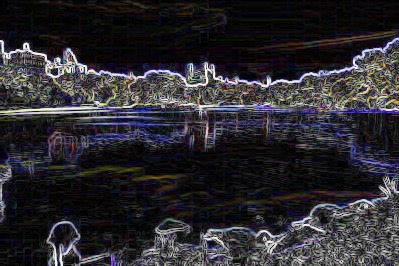
|
|
Arguments: |
Arguments: |
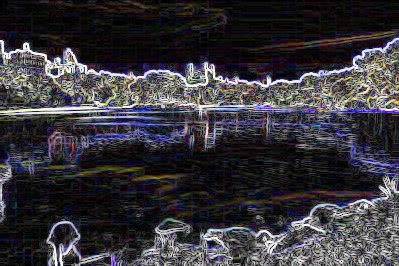
|
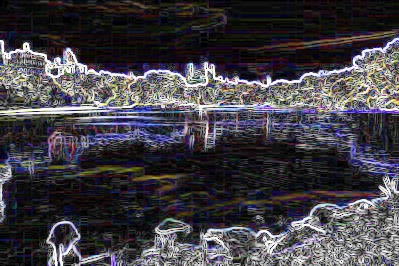
|
|
Example 3 -- Variation in Edge Mixed with Original |
|
|
Original |
Arguments: |

|

|
|
Arguments: |
Arguments: |
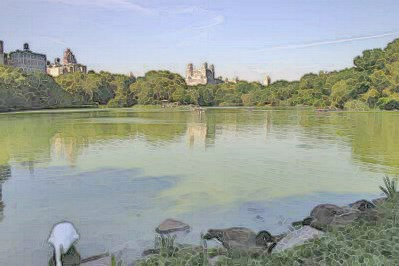
|
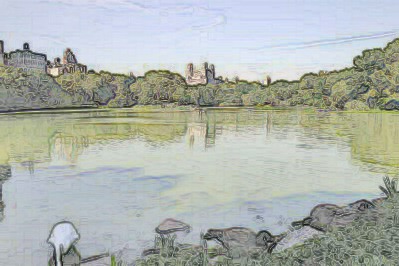
|
|
Arguments: |
Arguments: |
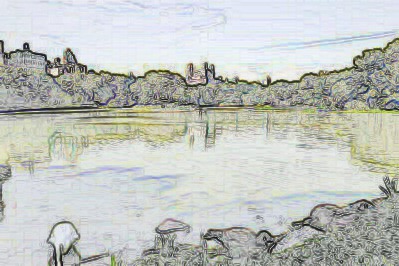
|

|
|
Example 4 -- Variation in Compose Method |
|
|
Original |
Arguments: |

|

|
|
Arguments: |
Arguments: |
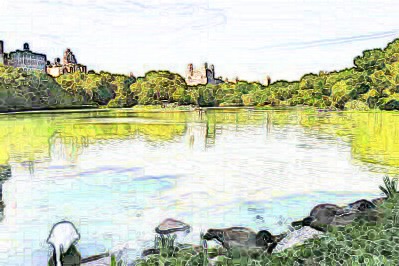
|
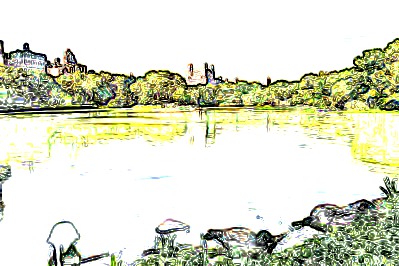
|
|
Arguments: |
Arguments: |
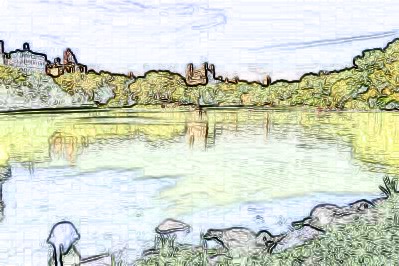
|
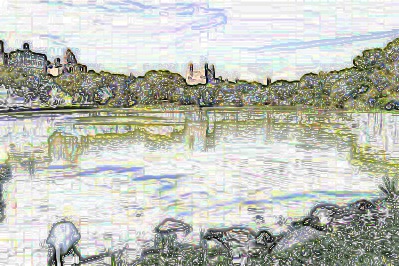
|
|
Arguments: |
Arguments: |
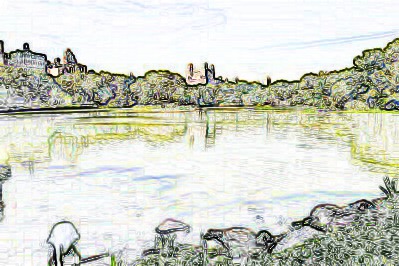
|
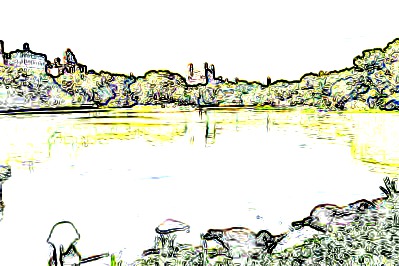
|
|
Arguments: |
Arguments: |
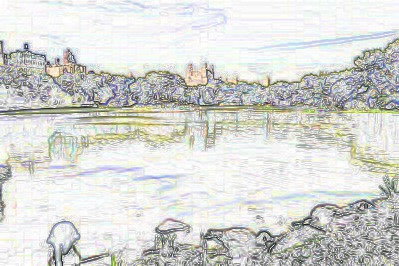
|
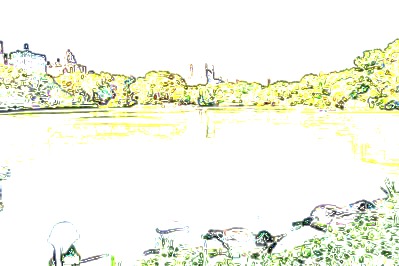
|
|
Arguments: |
Arguments: |
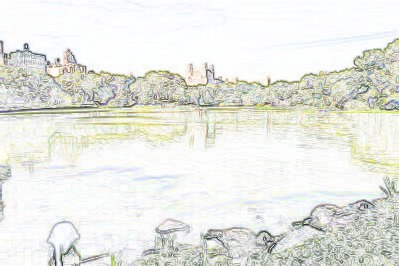
|
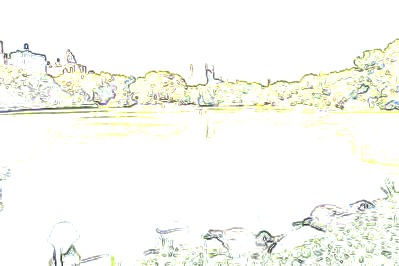
|
|
Arguments: |
Arguments: |
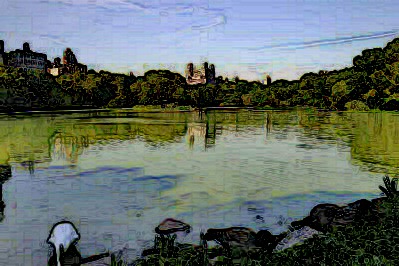
|
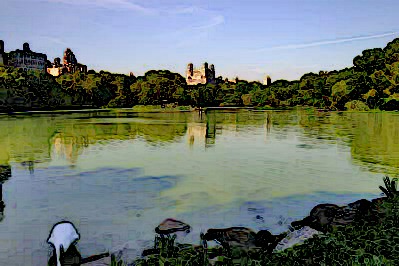
|
|
Arguments: |
Arguments: |
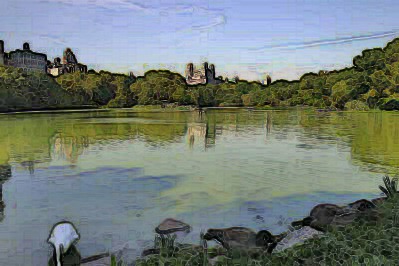
|
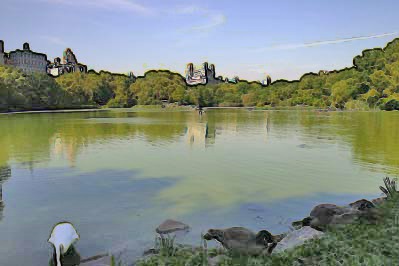
|
|
Arguments: |
Arguments: |
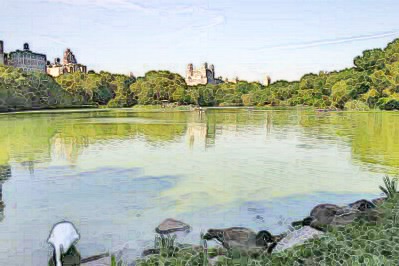
|
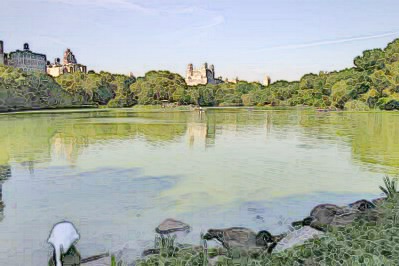
|
|
Arguments: |
Arguments: |
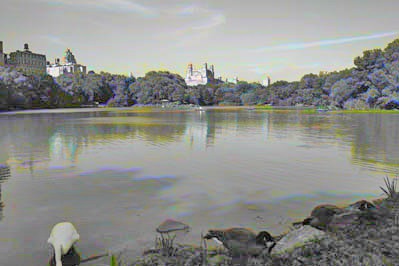
|
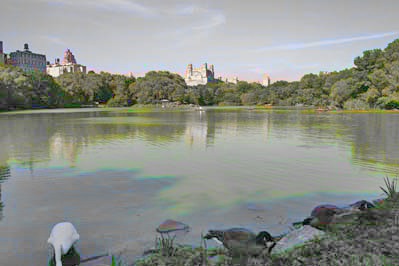
|
|
Arguments: |
Arguments: |
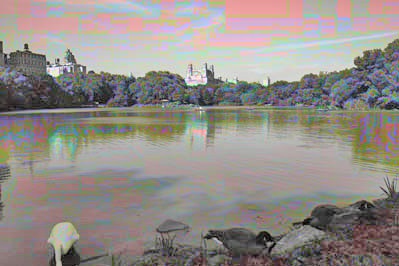
|
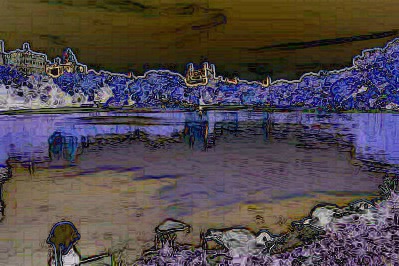
|
|
Arguments: |
|
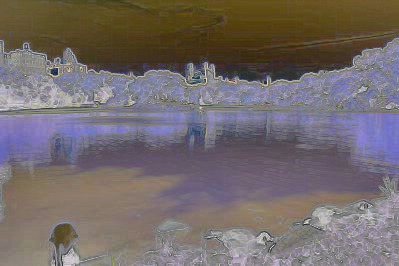
|
|
|
Example 5 -- English Tea Cup Painting |
|
|
Original |
Arguments: |

|
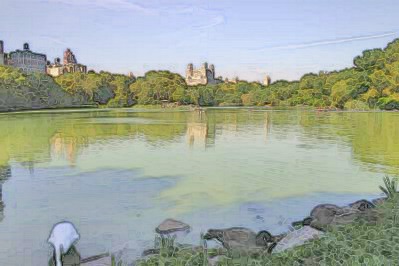
|
|
Example 6 -- Daylight To Evening Transition |
|
|
Original |
Arguments: |

|

|
|
Arguments: |
Arguments: |
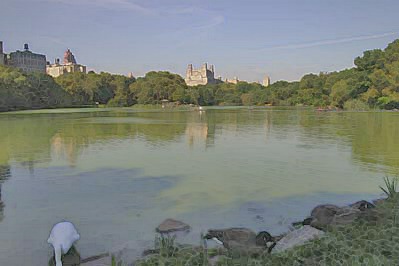
|
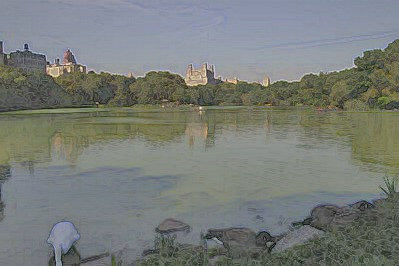
|
|
Arguments: |
Arguments: |
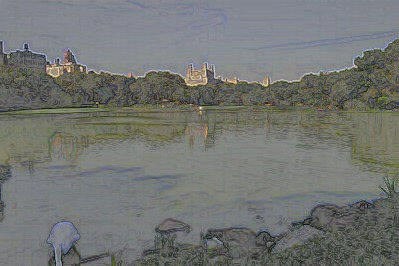
|
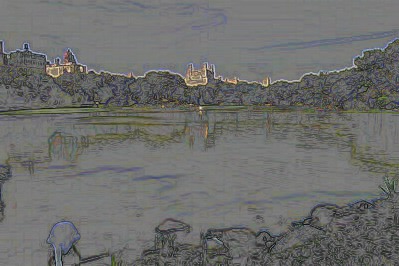
|
|
What the script does is as follows:
This is equivalent to the following IM commands
|